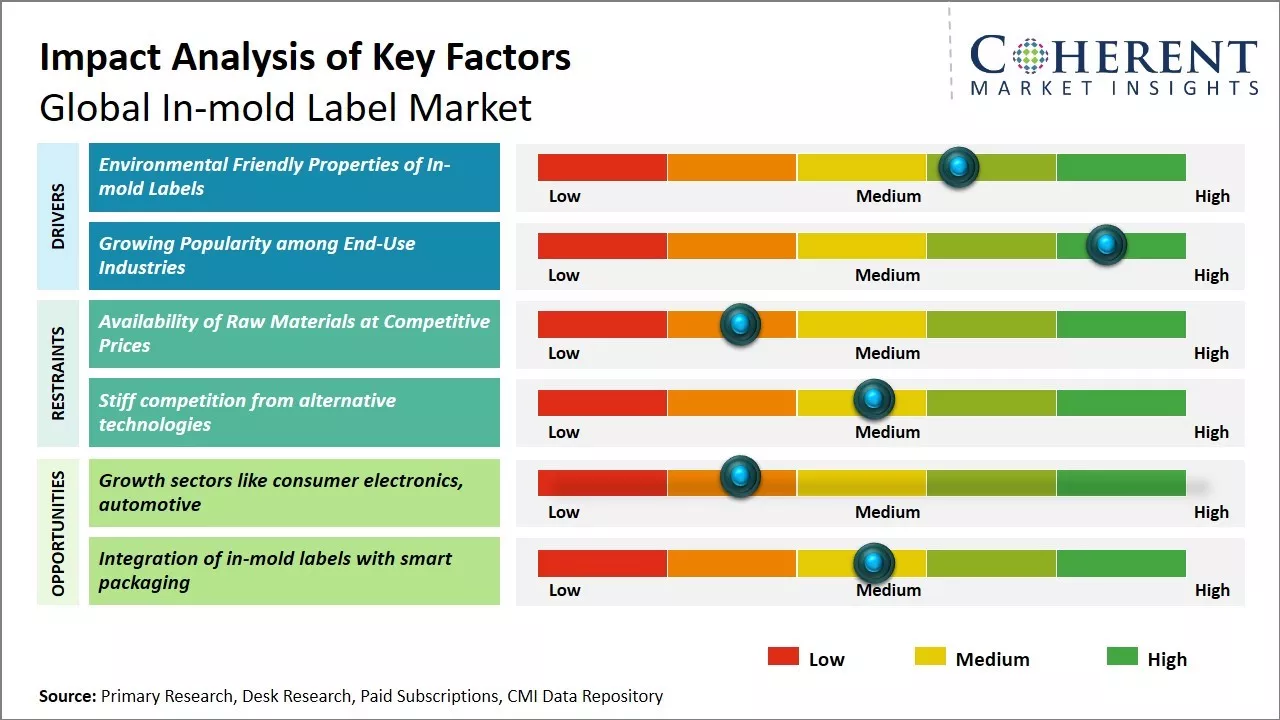The global in-mold label market is estimated to be valued at USD 5.03 Bn in 2025 and is expected to reach USD 7.72 Bn by 2032, growing at a compound annual growth rate (CAGR) of 6.3% from 2025 to 2032.

To learn more about this report, Request sample copy
The global in-mold label market is expected to witness significant growth during the forecast period. This growth can be attributed to the increasing demand for short run label jobs across industries such as food and beverage, pharmaceuticals, personal care, and automotive. In-mold labeling offers superior product aesthetics, scratch resistance, and excellent durable labeling solution, thus finding increasing preference across various end-use industries. Rising demand for eco-friendly labels along with appeal for cost-effective labeling technology is further expected to propel the demand for in-mold labels. Shift towards sustainable and efficient labeling solutions and expansion of the e-commerce sector particularly in emerging economies are likely to pave opportunities for in-mold label market in upcoming years.
Environmental Friendly Properties of In-mold Labels
One of the major drivers propelling the growth of the global in-mold label market is the environment friendly properties of these labels. In-mold labels provide manufacturers an eco-friendly alternative to traditional pressure sensitive labels without compromising on functionality. As environment sustainability has become a key focus area across industries, companies are under increasing pressure from consumers as well as regulatory bodies to reduce waste and adopt greener production techniques. In-mold labels help address this need as they are lighter in weight and require less raw material to produce compared to pressure sensitive labels. Additionally, since they are not separate pieces added to packaging later but instead molded directly onto the product during manufacturing, there is no left over release liner film that needs to be disposed of. This results in less packaging scrap at the production line. What's more, in-mold labels increase production efficiency by eliminating extra steps involved in applying separate labels to products and packages. Many branded goods and consumer product companies have switched to in-mold labels for their primary, secondary, or tamper evident labeling needs to lower operational costs as well as shrink the environmental footprint of their packaging line.
Joining thousands of companies around the world committed to making the Excellent Business Solutions.
View All Our Clients